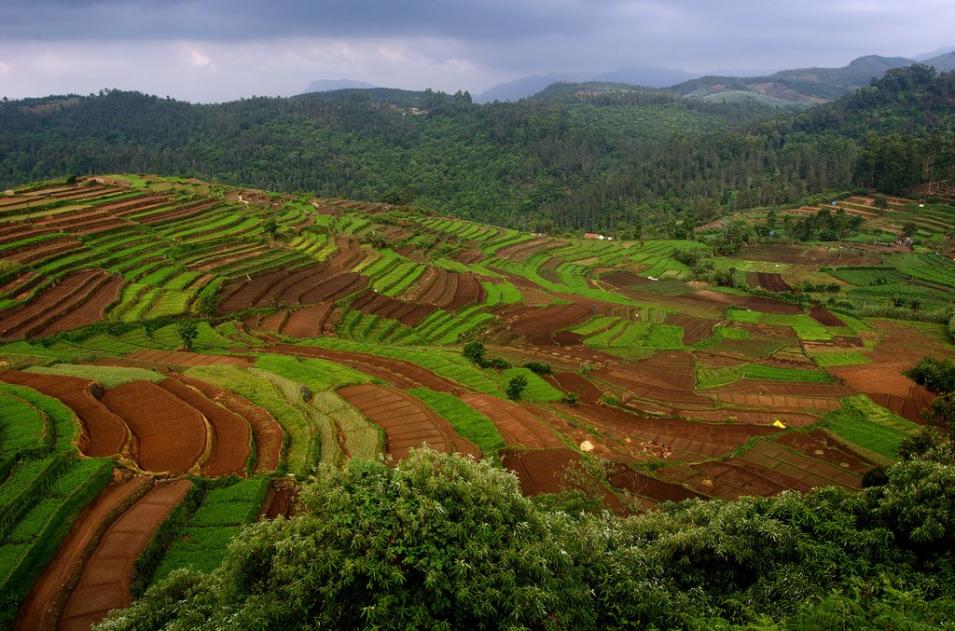Introduction
Monsoons and groundwater irrigation are the primary sources of water for the rice, millets and pulses crops for the state of Tamil Nadu in southern India. Identification of water-stressed areas where there is below average rainfall is one of the first steps toward minimizing harm for the region’s crop production. In Gumma et al, 2015, the study is performed at the river basin level, as it is impacted by rainfall throughout the study area.
During the time periods of the study, 2000 to 2001 and 2010 to 2011, three different major land use changes occurred, resulting in a decrease of 30 to 40% of irrigated land. The consequence of decreased irrigated land was vegetation loss and decreased crop output.


